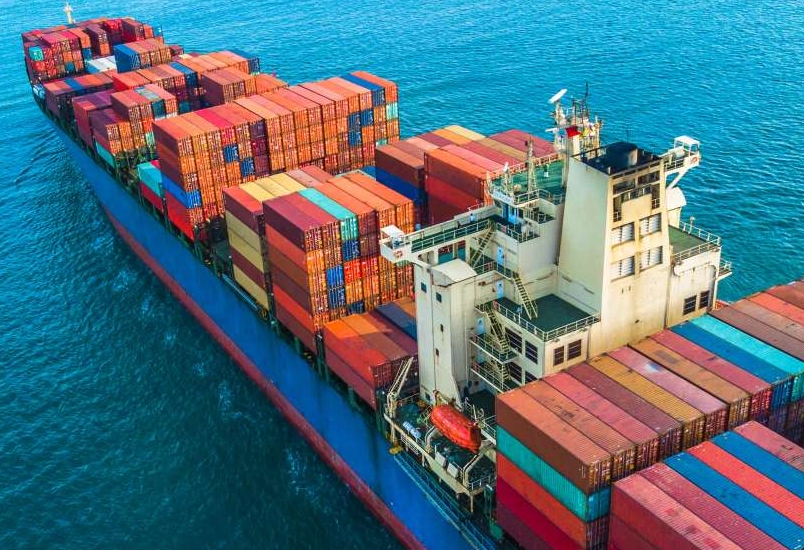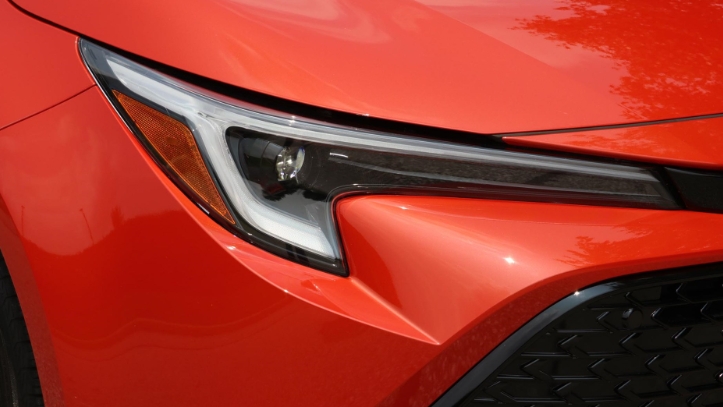According to EUIPO and OECD, 56 percent of the total value of counterfeit goods seized worldwide is shipped in containers.
A study presented on February 22 by the European Union Intellectual Property Office (EUIPO) and the Organization for Economic Co-operation and Development (OECD) analyzes the extent to which container shipping is used to trade counterfeit goods. According to a press release, the study found that the sea route remains an important channel for the delivery of counterfeit goods, with most of the counterfeit goods being seized from containers coming from China.
According to this, more than 80 percent of all goods traded on the international market are transported by sea. According to the two organizations, container ships have improved efficiency and reduced the cost of international trade, but could also be misused to transport counterfeit goods. According to the study, seizures of counterfeit goods shipped in containers represent a relatively small proportion of the total number of seizures, but 56 percent of the total value of seized counterfeit goods.
Less than two percent of containers tested
Most of the counterfeit goods transported in containers by sea come from China, accounting for 79 percent of the total value of containers seized worldwide containing counterfeit goods. According to the study, in 2016, the world trade in counterfeit goods amounted to 460 billion euros, or about 3.3 percent of world trade. Counterfeit goods accounted for 6.8 percent of goods imported into the EU from third countries, corresponding to € 121 billion.
The EUIPO and OECD study addresses the following issues:
What types of counterfeit products are transported on container ships?
Where are these forgeries made?
What are the geographic target markets?
Which ports of entry are most commonly used for containers of counterfeit goods?
How are goods transported on container ships without the possibility of intercepting them?
According to the study, all types of counterfeit goods are shipped by sea, from high-quality electronic devices to leather goods, clothing, cosmetics, toys and games to pharmaceutical products and devices.
One of the problems highlighted in the report is that counterfeit goods should be a top priority for customs officials and that the latter should have search and control methods and tools that are better suited for detecting counterfeit goods. According to EUIPO and OECD, international trade has grown significantly over the years. An inevitable side effect was the rise in the trade in counterfeit goods.
According to the study, the increase in the total volume of trade and the increase in the carrying capacity of the largest vessels is an additional burden for customs. Thus, X-ray or gamma scanning of containers can effectively detect certain types of illegal goods, such as drugs, weapons or wild animals. However, for counterfeit goods, this scan is ineffective and the only way to detect them is through physical checks, the report says.
Fewer than two percent of containers are physically searched, according to organizations, giving criminal networks significant opportunities to abuse this critical supply chain channel.



